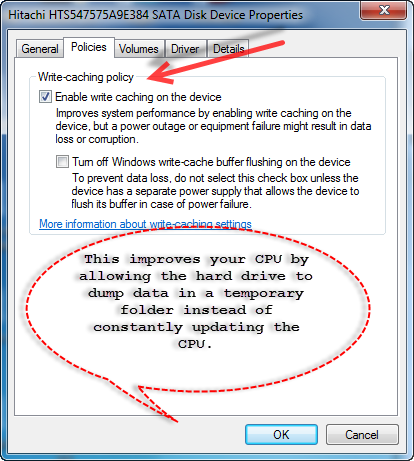he CPU is the beating heart of your PC. A slow CPU doesn’t always indicate a mechanical failure. Your CPU speed and processor power rarely change during the life of your system. However, how you use your computer constantly changes. The trick is to instruct your CPU on how to use it processing power. This page will help you achieve the goal of eliminating sluggish CPU problems. If you don’t have a dual core processor you can’t set core affinity.
Special Note: Slow CPU problems can be often linked to registry errors which slow down your PC, Click here to learn more.
STEP 1: Set CPU Affinity
A slow CPU means that your CPU is working overtime to provide resources to your computer. Most people force their CPU to constantly run multiple decathlons without taking a break. However, your CPU is not a single athlete. It’s a team a athletes. The athletes are the multiple cores of your CPU. You have ability to use Windows to assign different jobs for different cores of your CPU. A slow CPU usually has all the cores working on a single application. You can lighten the load of your a slow CPU by assigning CPU affinity. For example, assigning an single CPU core affinity for your firewall and Anti-virus hogs unnecessary power. It doesn’t need multiple cores to run perfectly.
- Open your Task Manager by pressing CRTL+ALT+DELETE
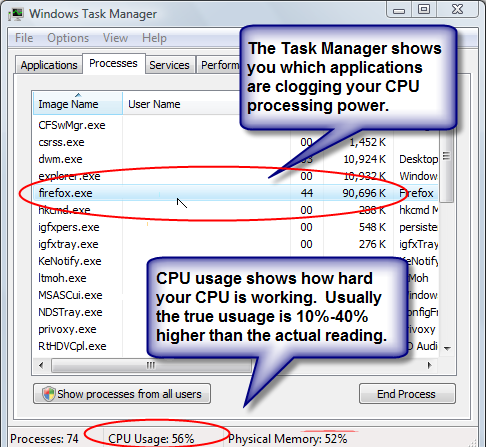
Once you have pulled up the Task Manager. You should choose the application that you would like to assign to a particular CPU core. In most cases its best to group applications based on functions. A slow CPU will use both cores to process one application of similar function. Try grouping security software and internet software on one core. You can also stop slow processor problems by choosing resource hungry applications to work on one core. For example, Firefox and Internet Explorer should be kept on one core.
- In the Task Manager, choose the application
- Right the application
- Click Set Affinity.
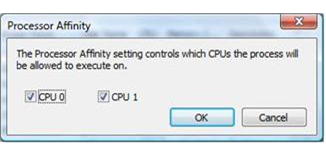
If you are unable to set the core affinity, you may want to try to reduce the amount of back ground programs using msconfig. Or you can cut down on the CPU processor requirement by using a registry cleaner
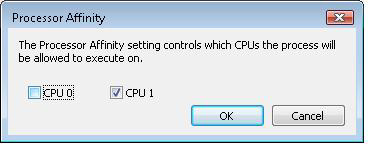
- In most slow CPU cases, the Processor Affinity settings will have both CPU processor cores checked. Choose one of the cores and click OK
STEP 2: Stop Hardware Interruptions
Hardware interrupts can account for more that 20% of your CPU processor loss. This is often one of the biggest culprits of a overworked CPU. Hardware problems can because caused by several sources. The problem could be a simple as a loose cable, a resources heavy USB device or an problematic driver. The first two require that you physically repair the problem with the repositioning or removal. However, you will need to perform a few more steps to fix a sluggish CPU problem caused by an erroneous driver. Here is how:
- Click Start
- Click Control Panel
- Click System
- In the System menu, click the Hardware tab
- Click Device Manager to bring up a full list of installed hardware drivers.
- Right click and choose Properties to evaluate the status and troubleshoot the hardware device.
In Vista you can reach the the device manager the following method:
- Click Start
- Click Control Panel
- Click Hardware and Sound
- Click Device Manager
- Right click and choose Properties to evaluate the status and troubleshoot the hardware device
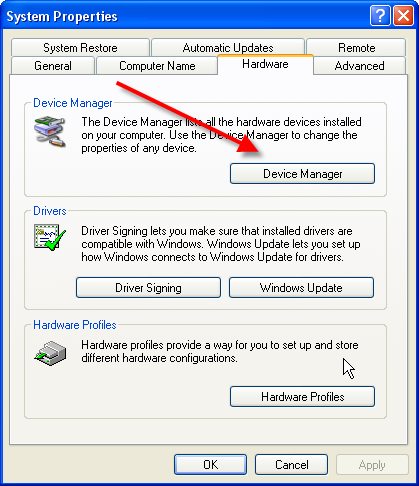
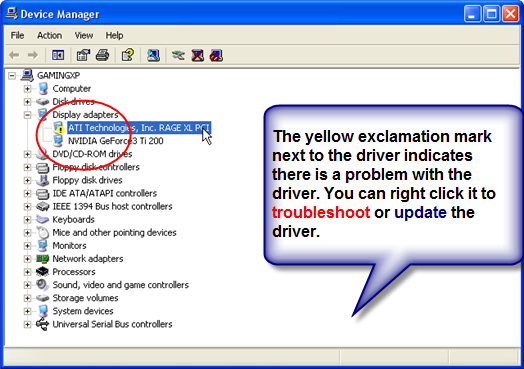
STEP 3: Use Write Caching
Giving your CPU less work is obviously going to free it up for other work. Luckily, you have the option of doing this in Windows 7. Remember that the CPU is a part of your computer’s complex integrated system. So one of it’s job is to regulate hard drive activities. For example telling it when to write data to the physical hard drive. You can use the write-caching function to free your CPU from this process. This works by allowing your data in a temporary folder instead of the CPU constantly telling the hard drive to write the data. Check out this link to see how to enable write caching on Windows 7
